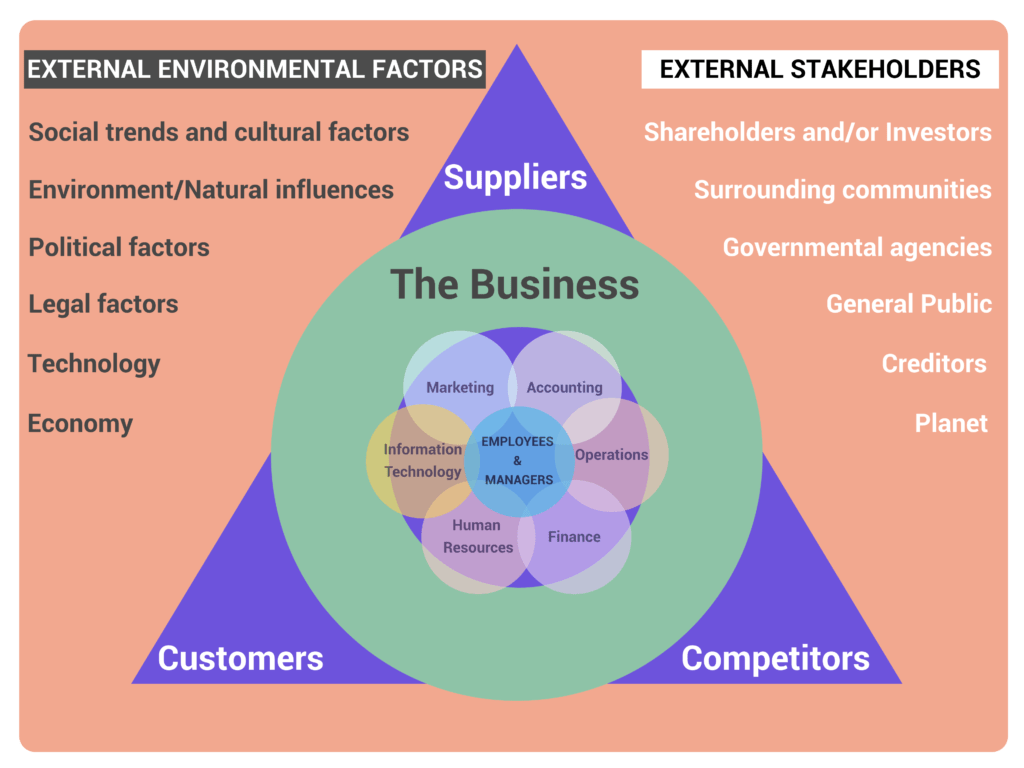The following is a reflection report created as part of a summative reflection report in the course of International Business Strategy. The following reflective report will help students understand the reflection paper, structure of the report, glimpse of international business strategy, and others.
Need Assignment Help from Top Experts? Contact us!
REFLECTIVE ESSAY
In this reflective essay, I will discuss my intellectual journey while studying this module on International Business Strategy. I was eager to learn more about the strategic objectives for establishing a worldwide firm or a global branch of an existing corporation and the challenges that come with it. Furthermore, before the start of this session, I had used strategic models such as SWOT in the previous semester. I saw this module as a fantastic opportunity to hone my talents and better understand various business tactics. During my time studying and attending the lectures for this module, I learned how to apply a variety of theoretical models and viewpoints to the strategic issues underlying transnational corporate expansion and operation, including topics such as the impact on the environment, society, and the development of business ventures. In this session, I wanted to learn about complex worldwide organizations and the challenges they face in keeping a competitive advantage and expanding their enterprises.
I learned various about strategies, types, and how big companies have adopted these strategies and have become global companies also I discovered that corporations use different strategies in the worldwide market depending on their objectives. In the online lecture, I studied IKEA’s case study and got to learn about IKEA’s business strategy and how it became the leading retailer of home furnishings. In addition to what I learned in the first week’s lesson, I now understand that multinational corporations can divide their strategy into three stages when trying to adapt to global markets. According to Frynas & Mellahi (2015:22), a company can benefit from economies of scale by generating many products.
Uniformed products, Companies may, however, need to take steps to adapt their methods to be successful on a global scale. I also learned about the business environment which I understood is made up of all internal and external elements that influence a company’s competitive success (Grant, 2016). External macroeconomic conditions, external industry conditions, and internal business conditions are typically divided into three groups. The macro-environment of today’s society is influenced by political, social, economic, and technical factors. All components of a certain industry’s buyer, supplier, competitor, and other behaviors that have a direct impact on competitive success are included in the industrial environment. The internal firm environment encompasses all internal resources and capabilities that influence the firm’s ability to act (Palmer, 2008).
Also, Read Reflection Paper Example | Understanding Reflective Essay with a Sample
The firm may comprehend the context in which strategy must be developed and implemented by analyzing these many aspects of the business environment (Mellahi et al.,2015). By studying and learning about the external business environment I learned managers must pay close attention to the external business environment of multinational firms because it can bring both opportunities and risks. While studying the CAGE framework, I was able to see how CAGE may be used in conjunction with PEST analysis. CAGE, for example, includes geographic distance, which helps to emphasize the expenses of physical distance between nations, such as transportation expenditures. Unlike PEST analysis, the CAGE methodology does not focus solely on objective unilateral features (such as market size or per capita income) that can be applied to any nation.
The CAGE framework focuses on bilateral contracts and commonalities between two nations; typically, one country is the headquarters of a multinational corporation, and the other is the investment target country. I also realized how changes in the external industrial environment influence or do not influence a business. Because focusing on a wide industry may lead to an erroneous knowledge of the environmental market and the nature of competition, the first step is to select your exact market. Firms can do a market segmentation study and a strategic group analysis to determine the precise market. In addition, I learned how to use Porter’s Five Forces to analyze and research threats and competitors in related industries. Michael Porter also claims that the Internet has changed business structures and reduced profitability in a variety of industries. Businesses compete intensely to provide items as cheaply as possible since buyers increasingly shop online to save money.
On the other hand, the emergence of the Internet is not entirely negative (Mellahi et al.,2015) Analyzing Amazon.com using the Five Forces Model demonstrates how a corporation can limit the influence of industry forces so that they work in its favor. As customers spend more time online, their expectations rise, necessitating more value-added activities from competitors. The Product Life Cycle was another topic presented in the course, and it helped me better understand this paradigm. However, I was previously familiar with it thanks to the Supply Chain Management curriculum.
I was ecstatic to learn about the different internal environments and tools that help in a comprehensive examination of an organization’s essential internal aspects. By offering insights that might lead to improved strategic decisions, such an analysis helps managers to have a clearer image of the company. I also learned how Strategic stretch as a process helps in recognizing and exploiting an organization’s resources and skills to create new possibilities or gain a competitive edge.
Managers should leverage firm resources and competencies in ways that rivals find difficult to duplicate, in new areas, or both, according to stretch strategy development. I also learned and understood that the VRIO model and the VRIO framework may assist managers in identifying their company’s key skills and, as a result, its competitive advantage. I also studied shareholders and stakeholders, but I feel I have become a little confused after referring to many sources. I understood that executives oversee ensuring that the company’s goals are met and provide as much value for stakeholders as feasible without turning to compromises Great businesses are built to last because they are successful in obtaining shareholder interests oriented in the same plane (R. Edward Freeman, 2010). According to the stakeholder analysis I also learned about the corporate social responsibility (CSR) business model and how it is advocated by the companies in a business environment.
To conclude I feel that the module has helped me develop new information and perspectives on international business strategy, new writing skills, and knowledge about various analytical tools which has improved my thinking, all of which are essential talents for today’s business strategist. I have learned that globalization and interconnectedness among firms are an important part of the business environment. However, I am keen on applying the theories and strategies learned through this module shortly.
REFERENCES
- Buckley, P.J. and Ghauri, P.N., 2014. International Business Strategy. Taylor & Francis.
- Frynas, J.G. and Mellahi, K., 2015. Global strategic management. Oxford University Press, USA.
- Ghemawat, P., 2007. Redefining global strategy: Crossing borders in a world where differences still matter. Harvard Business Press.
- Grant, R.M., 2016. In Contemporary strategy analysis: Text and cases. Chichester: Wiley.
- Mellahi, K. & Frynas, J.G., 2015. The five forces model and Amazon. In Global strategic management. Oxford: Oxford University Press, p. 85
- Freeman, R.E., The stakeholder approach. Strategic Management.
- Yip, G.S., 1989. Global strategy… in a world of nations. Sloan Management Review, 31(1), pp.29-41.
- Dobbs, M.E., 2014. Guidelines for applying Porter’s five forces framework: a set of industry analysis templates. Competitiveness Review.
- Smith, H.J., 2003. The shareholders vs. stakeholders debate. MIT Sloan Management Review, 44(4), pp.85-90.
- Geroski, P., 1995. Innovation and competitive advantage (No. 159). OECD Publishing.
- Le, P.B., 2020. How transformational leadership facilitates radical and incremental innovation: the mediating role of individual psychological capital. Asia-Pacific Journal of Business Administration.
- Fosher, H., 2018. Understanding the Marketing and Management of trials using PESTEL Analysis (Doctoral dissertation, University of New Hampshire).
- Mandina, S.P., Maravire, C.V. and Masere, V.S., 2014. Effectiveness of corporate social responsibility in enhancing company image. Journal of Applied Business and Economics, 16(3), pp.152-170.
- Palmer, A. and Hartley, B., 2008. The business environment. McGraw-Hill.
APPENDIX
- Understanding external business environment through graphical representation

Note: If you need help with writing a Reflection Paper, please contact us here!
- Porter’s five forces: In the case of vegetables, there are so many suppliers and less standardization. Thus, even if a company starts selling vegetables under its brand name since the competition is too high the bargaining power of the customers is very high. Hence, the company won’t be able to make a huge profit out of the business to support the branding, management, marketing, etc. costs.
- SWOT Analysis Example
- Apple products: Strength is their brand value and awareness among customers from all over the world. Opportunity lies in creating different versions of the product (some at lower prices) so that even middle-income people can purchase it.
- Action Plan
Briefly describe the activity/ topic below | What worked well | What didn’t work well | How would you approach this event next time? | |
1 | Learning from the module | The module helped in learn about various topics and tools which I was completely unaware of | I have a lot of confusion about some topics like shareholders and stakeholders | Discussions with the professor and classmates |
2 | Application of analytical tools | By applying the theories like CAGE and TOWS, the concepts become clearer | Applying such tools is tricky | More practice |
3 | Group Discussion | Finding the right team members | Online meeting | NA |
4 | External study materials | Some topics I felt should have been discussed more in detail in the class lectures, so I referred to outside study materials like research papers, books, and videos. | Some materials make the concepts even more confusing | Referring to only the right sources |

